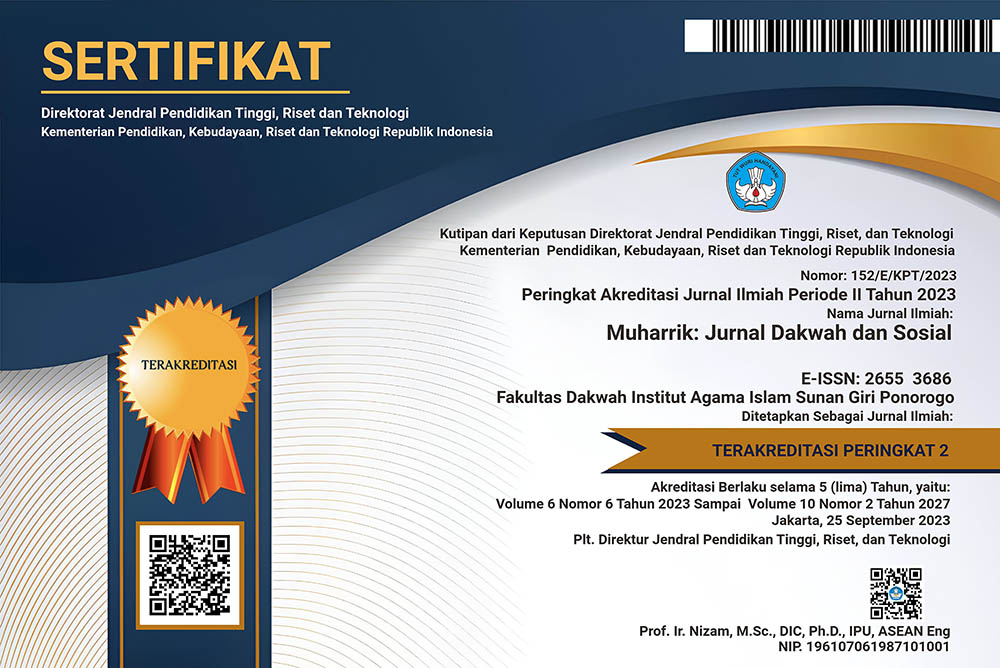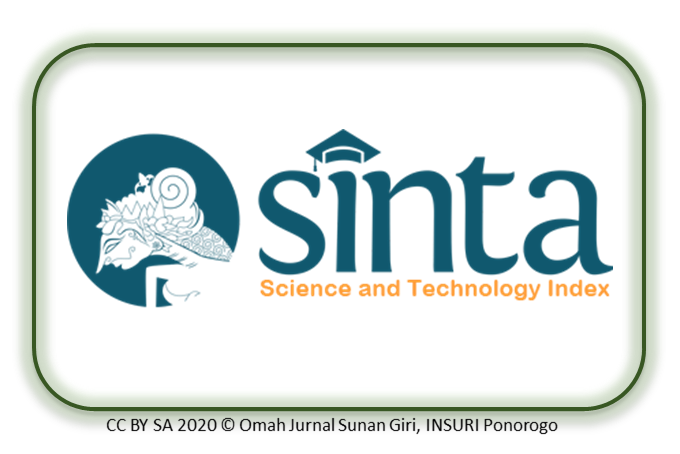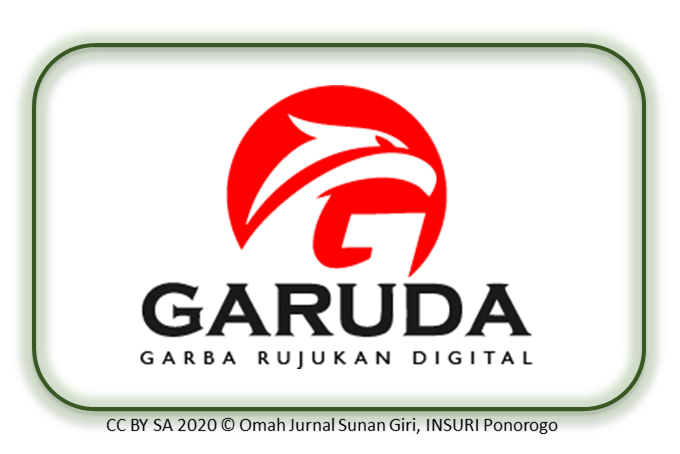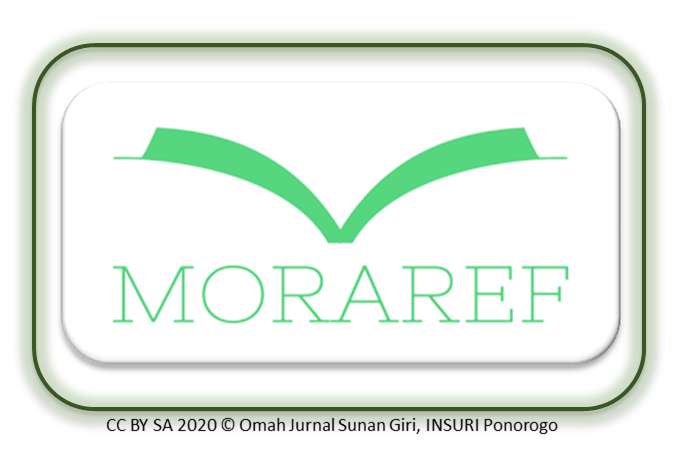Islam and Gender: Media Construction in Television Drama Series Para Pencari Tuhan on SCTV
DOI:
https://doi.org/10.37680/muharrik.v7i1.5182Keywords:
Mass Media, TV Drama Series, Islamic Values, Gender Equality, Para Pencari TuhanAbstract
This study examines gender equality and the principles of Islamic teachings in the TV drama series Para Pencari Tuhan. The purpose of this study is to outline how the drama series' plots and visuals portray Islam and gender narratives. The Social Construction Theory of Peter L. Berger and Thomas Luckmann, and theory of Gender Injustice of Mansour Fakih's serve as the foundational framework. Based on Muhammad Quraish Shihab's main concepts of Islamic teachings, the three primary principles of Islam are: aqidah, or belief; sharia, or experience of legal requirements; and akhlaq, or manners. This qualitative study used Norman Fairclough's discourse analysis approach, while data collection techniques were carried out by watching thirty episodes of the TV drama series Para Pencari Tuhan season 16 three times and interviewing the production team and correlated informants. The results of this research show that the basic values of Islamic teachings are conveyed through the narrative elements (storyline) and cinematic elements (setting, audio and appearance of the characters) of the series. Meanwhile, gender equality is shown through female characters who experience injustice. It is also shown that Women actually have potential and qualities that are no less than men. Mass media, including TV drama series, can be a means of conveying positive da'wah messages about Islam and gender equality. Until now, television is still an alternative media besides the internet, for people who want to find entertainment.
Downloads
References
Basit, L. (2022). Lensa Gender Di Media Massa: Meta Analisis Politisi Perempuan. Medan: UMSU Press.
Bogdan, R., & Taylor, S. J. (1990). Looking at the bright side: A positive approach to qualitative policy and evaluation research. Qualitative Sosiology, 13(2), 183–192.
Bungin, B. (2015). Konstruksi Sosial Media Massa. Jakarta: Prenada Media.
Dewi, R. (2019). Konsep Kesehatan Reproduksi Perempuan dalam al-Qur’an. Mawa Izh Jurnal Dakwah Dan Pengembangan Sosial Kemanusiaan, 10(2), 248–272.
Fairclough, N. (1992a). Critical Discourse Analysis and the Marketization of Public Discourse. New York: Sage Publications Ltd.
Fairclough, N. (1992b). Discourse and social change. Cambridge: Polity Press.
Fitria, N., & Rachman, R. F. (2024). Islamic Values In The Media (Critical Discourse Analysis Of The Film Hati Suhita). Jurnal Spektrum Komunikasi, 12(1), 66–75. https://doi.org/https://doi.org/10.37826/spektrum.v12i1.674
Holmes, D. (2005). Communication Theory: Media, Technology and Society. New York: Sage Publications Ltd.
Hosen, N. (2017). Tafsir Al-Quran Di Medsos : Mengkaji makna dan rahasia Ayat Suci pada Era Media Sosial. Yogyakarta: Bunyan.
Marzuki. (2009). Pembinaan Akhlak Mulia Dalam Berhubungan Antar Sesama Manusia Dalam Perspektif Islam. Humanika, Kajian Ilmiah Mata Kuliah Umum, 9(1), 25–38.
Moeloeng, L. J. (2008). Metode Penelitian Kualitatif. Bandung: Remaja Rosdakarya.
Nurliana. (2020). Televisi sebagai Media Dakwah Islam dalam Kehidupan Masyarakat Indonesia. Jurnal Peurawi: Media Kajian Komunikasi Islam, 3(1), 120–135.
Pajarudin, A. M. (2018). Konsep Munafik dalam al-Qur’an (Kajian Semantik Toshihiko Izutsu). UIN Syarif Hidayatullah.
Rachman, R. F. (2016). Representasi Islam Di Film Amerika Serikat. Dakwatuna: Jurnal Dakwah Dan Komunikasi Islam, 2(2), 1–12.
Roifah, D. M. (2022). Perempuan dalam Bisnis Media Massa. Universitas Airlangga.
Shihab, M. Q. (2017). Islam yang Saya Anut: Dasar-dasar Ajaran Islam. Tangerang: Lentera Hati.
Sulaiman, A. (2016). Memahami teori konstruksi sosial Peter L. Berger. Society, 4(1), 15–22.
Suprayoga, I., & Tabrani. (2001). Metode Penelitian Sosial Agama. Bandung: Remaja Rosdakarya.
Suryani, I., Ma’tsum, H., Santi, N., & Manik, M. (2021). Rukun Iman Dalam Pembelajaran Aqidah Akhlak. Journal Islam & Contemporary Issues, 1(1), 45–52.
Suwari, & Pradesa, D. (2019). Pendekatan Rasional dalam Dakwah Masyarakat Modern Konteks Indonesia. INTELEKSIA-Jurnal Pengembangan Ilmu Dakwah, 1(1), 1–26.
Zimbardo, P., & Ebbeson, E. B. (1971). The Media Audience. Communication Booknotes Quarterly, 2(7), 3–4. Retrieved from https://doi.org/10.1080/10948007109489591
Downloads
Published
How to Cite
Issue
Section
License
The author(s) retain/s the copyright and grant/s Muharrik: Jurnal Dakwah dan Sosial the first publication rights licensed under the Creative Commons Attribution-NonCommercial 4.0 International (CC BY-NC 4.0) , which allows others to access (search, read, download and quote), share (copy and redistribute the material in any media or format) and adapt (mix, modify and develop) works for legitimate non-commercial purposes, with recognition of the authorship of the work and its initial publication in this journal.












